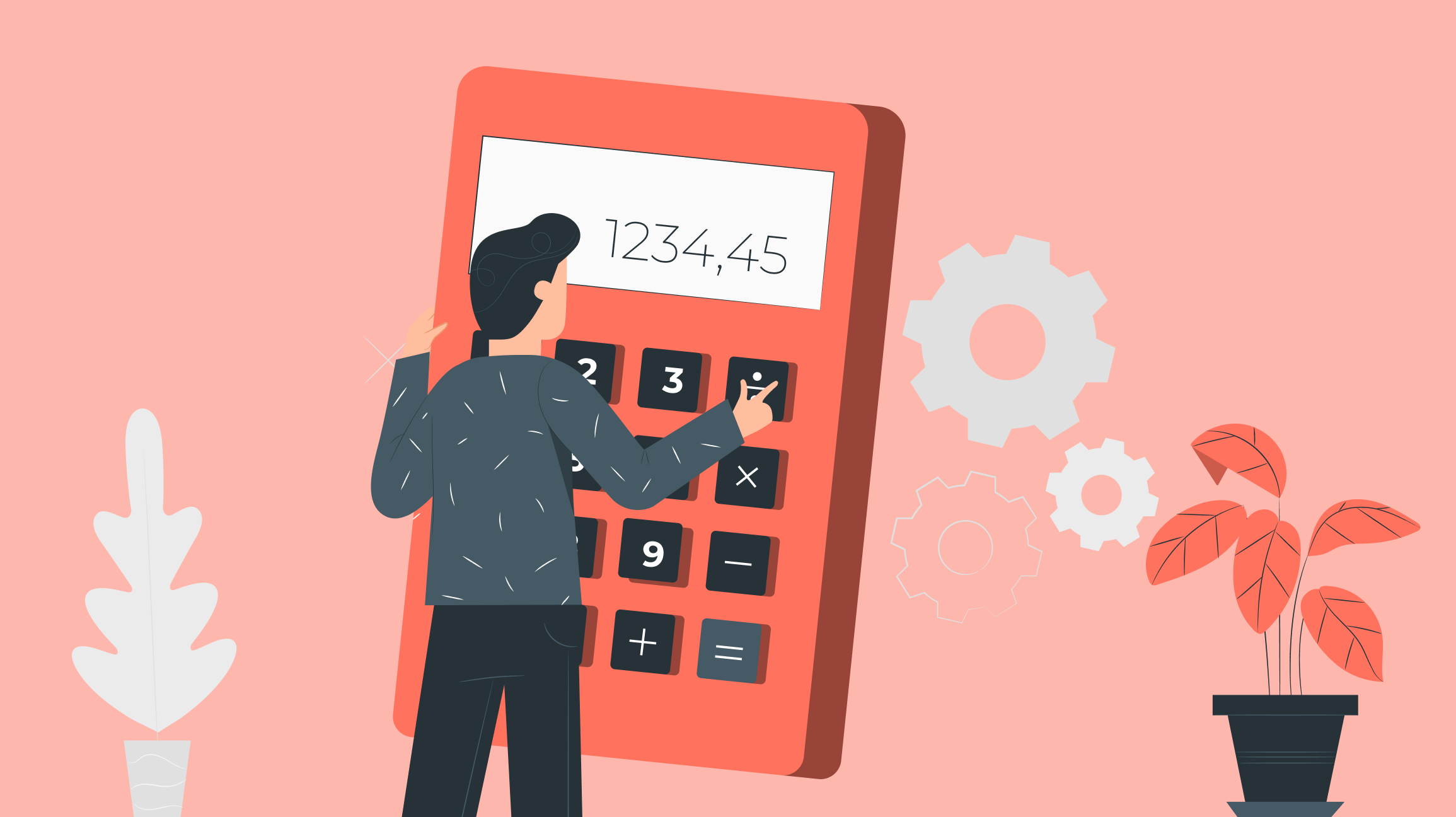
 August 25, 2023
August 25, 2023
The Equated Monthly Installement or EMI, as it is popularly known, is the fixed amount repaid monthly for credit issued by a Bank or NBFC. With an EMI, you can achieve your dreams by applying for a loan and paying back the amount in affordable instalments every month.
When you Apply for a Personal Loan, you won’t need to provide any security or collateral to the Bank. Thus, the Bank sanctions the Loan amount accordingly to ensure the applicant can repay the EMI comfortably. The customer can apply for the amount needed, but the Bank decides the eligibility for the Loan and the EMI to pay.
To calculate the Personal Loan EMI, the Lender calculates the FOIR by considering the Fixed Obligations of the applicant, which include the monthly household expenses, including rent paid.
The FOIR applied varies from 30% to 70%, a ratio of the monthly salary, excluding the statutory deductions, is included in the monthly fixed obligations, and the balance is the disposable income. A customer can use this surplus for lifestyle expenses and repay instalments for credit taken.
The FOIR applied varies with the customer’s profile: several factors influence the issuance of the Loan amount and the applicable EMI. If the credit usage is in excess and exceeds the FOIR, the Bank may not issue the required Loan amount.
Though individual Banks have their parameters and policies, the primary ones that affect Personal Loan Eligibility and the EMI include the following:
Income: A salaried individual can plan and budget expenses with a fixed monthly payment. After setting aside the necessary funds for rent, food, school fees, fuel, and other essential costs, allocate the remaining amount towards travel, entertainment, or the EMI for credit.
Individuals who earn a higher salary have more money left over after covering their household expenses. As a result, they can allocate a more significant portion of their income towards paying off an EMI.
Therefore, higher-income applicants with a salary above ₹75k are given higher loan amounts as a Personal Loan and are eligible for a higher ratio of the wage and a lower FOIR to pay as an EMI. Applicants with an of ₹ 50k and below are applied a FOIR of 50% or less.
Company Category: All job seekers aim to work with a well-reputed and profitable company that assures employees a steady income and a promising future.
Banks, too, update a list comprising of the Economic Times’ Top listed companies, emerging corporates, Government entities and prominent PSU organisations. The Bank grades the company according to the turnover, profit and prospects.
Banks will allow an employee of a company listed as a Category A concern to pay a higher share of the salary as an EMI than a Category C company employee.
For example, Mr Kumar, working with a Category A-listed firm, can pay 40% of his salary as instalments for credit. In contrast, Mr Sharma, employed with Category C, will get a loan with an EMI payable up to 20% of the income.
Tenure: A Personal Loan is a short-term loan repaid in equated monthly instalments, with a minimum of 12 months and a maximum term allowed by the Bank for 72 months. The Bank sanctions the tenure according to the applicant’s requirements, income, and payable EMI.
If a customer can afford a higher EMI for the needed Loan, ask for a shorter repayment period, while a customer who needs an excess amount is issued a longer tenure by the Bank.
In both scenarios, the essential factor is that the customer must be comfortable paying the EMI.
Credit Usage: A fresh loan amount is forwarded to the applicant as per the eligibility to pay the additional EMI. The Bank considers all existing EMI the customer pays when applying for the FOIR and approving the Loan, including 5% of the credit card bill outstanding.
The credit usage ratio should be at most 30% of the income. The Lender can deny the Loan if the EMI paid exceeds the permitted credit utilisation.
Customer Profile: Lenders are keen to extend credit to customers with stable incomes and backgrounds. An ideal applicant has a good vintage of employment, a self-owned or family residence and a successful credit record.
A CIBIL Score of 720 points and above and a history of timely repayment of EMI are what most Banks look for. Such applicants are eligible to pay a higher ratio of their income as an EMI, while for first-time loan seekers with no credit history, the Bank gives conservative loan amounts.
Using our EMI Calculator, a customer can easily calculate the EMI to pay for a Personal Loan. The EMI will change depending on the above inputs; take your pick and arrive at a suitable EMI.
However, it would be best to prioritise making timely repayments of the Loan EMI. The Lender will want to ensure that you have the financial capability to pay back the Loan amount.
Can I include the income of my family members to increase my eligibility and pay a higher EMI?
Members of a family living together share expenses and support each other. Regarding Personal Loans HDFC Bank allows family members living in the same premises to become financial co-applicants.
The co-applicant can be a blood relative or a spouse earning a regular income. The employment terms must be as per the bank’s criteria. With a boost in revenue, the eligibility will increase, and the applicant can receive the loan amount desired. The EMI for the Loan is deducted from the salary account of the primary applicant.
When looking for a Personal Loan, you will try to determine the repayment schedule and how much you can pay back monthly as an EMI. However, paying the EMI as repayment is not the client’s prerogative. Banks adhere to an individual policy and decide how much Personal Loan to issue and the EMI the applicant can repay.